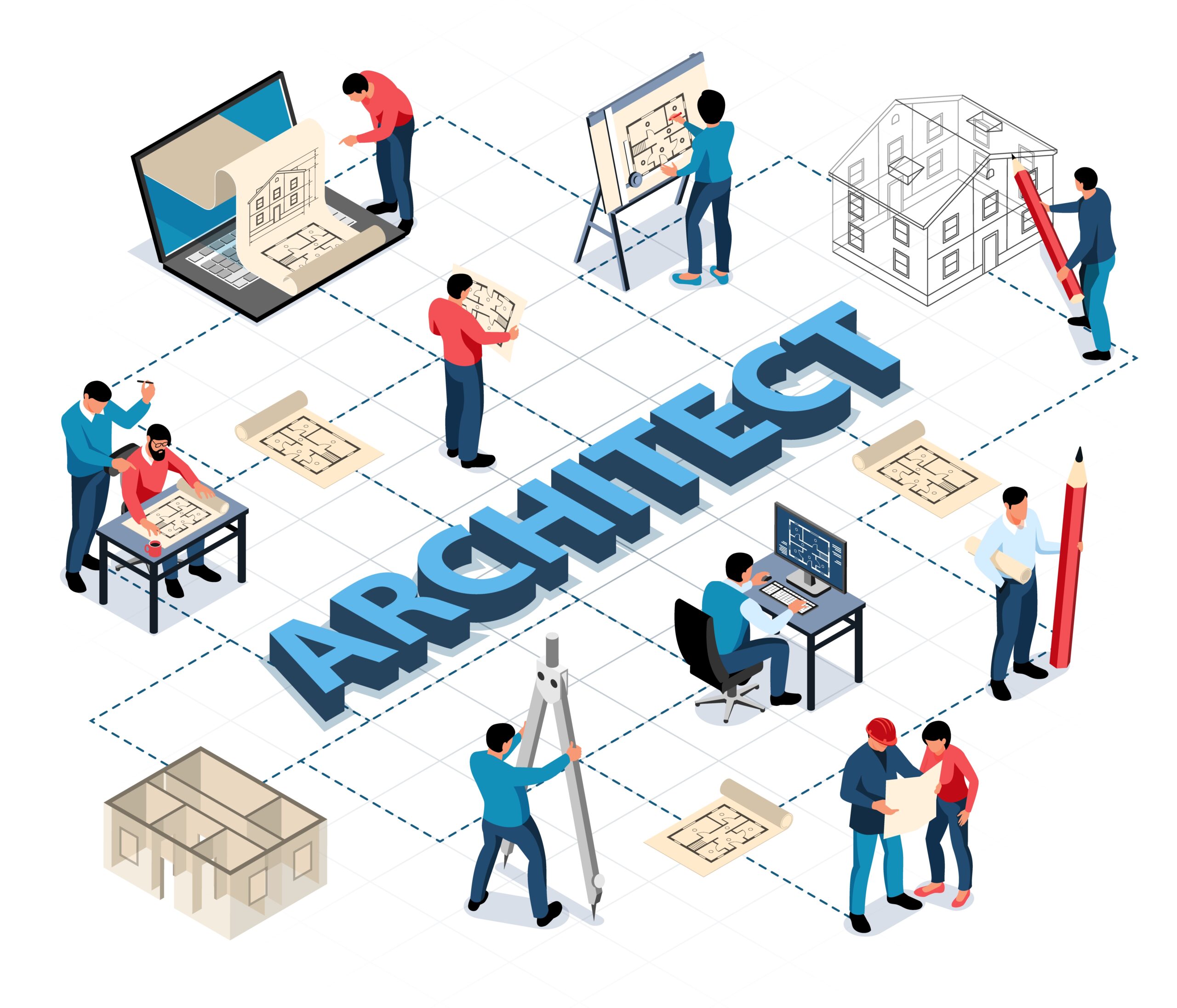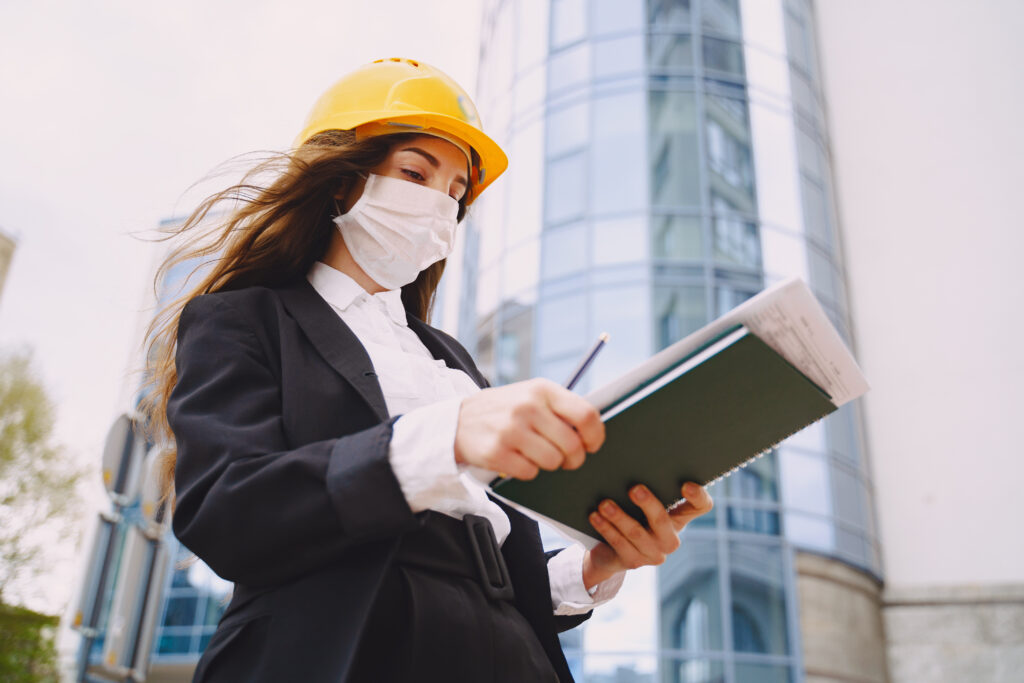

Agile approaches have completely changed the software development industry by empowering teams to continuously provide value and react quickly to shifting needs. However, extending Agile techniques across various teams and systems can be difficult in large businesses or complicated projects. In this situation, the Scaled Agile Framework (SAFe) provides an organized method for implementing Agile techniques and concepts. We’ll go into SAFe’s environment and examine its importance for architects working in the context of scaled Agile techniques in this blog article.
Understanding SAFe: A Framework for Scaling Agile
SAFe is a complete framework that offers direction on applying Agile principles to the enterprise level. It was developed by Scaled Agile, Inc. Through team alignment, collaboration, and synchronization across organizational levels, it is intended to assist enterprises in addressing the challenges associated with large-scale software development.
The Agile Manifesto’s values and principles—which place a strong emphasis on customer-centricity, collaboration, adaptability, and continuous improvement—form the foundation of SAFe. By providing systematic direction for scaling Agile techniques, SAFe preserves the Agile mindset while expanding upon these concepts to fit larger, more complicated situations.

Relevance of SAFe for Architects
Architects are essential in forming and directing the software development process’s technical direction inside the SAFe framework. Architects—whether System, Solution, or Enterprise architects—contribute their knowledge to guarantee that the architectural elements support scalability, consistency, and business objectives.

Roles and Responsibilities of Architects in SAFe
System Architects: Pay attention to system-level design and specify technical solutions that meet the program’s requirements.
Solution Architects: In charge of developing and articulating the technical solution’s vision, guaranteeing that it aligns with business goals, and organizing cooperation amongst Agile Release Trains (ARTs).
Enterprise Architects: Examine the wider picture, coordinating initiatives, portfolios, and strategies to guarantee coherence throughout the organization’s architecture and set long-term course.

How SAFe Impacts Architectural Practices
SAFe places a strong emphasis on architectural agility, encouraging architects to quickly integrate feedback, adjust to changing requirements, and make well-informed decisions. It presents ideas such as the “architectural runway,” which offers a framework for adding new features and functionalities without compromising the integrity of the system.
Architects working in SAFe contribute to the definition of architectural epics and features, making sure they line up with the organization’s strategic objectives. They assist in the formulation and observance of architectural principles, directing groups in the consistent and efficient rendering of architectural decisions.
Challenges and Opportunities for Architects in SAFe
Although SAFe offers an organized method for expanding Agile, architects might encounter difficulties in striking a balance between innovation and stability, taking care of technical debt, and adapting to changing business requirements. But by matching architecture with the goals of the company, SAFe also offers architects the chance to work closely with cross-functional teams, support continuous improvement, and stimulate innovation.

Conclusion
SAFe provides architects with a strong framework to help them negotiate the challenges of implementing Agile methods in the architectural setting. Architects can help large-scale Agile initiatives succeed by guiding technical decisions, promoting collaboration, and adopting the SAFe principles. In order to orchestrate a harmonious blend of agility and architectural integrity within organizations embracing scaled Agile practices, architects must have a solid understanding of the nuances of SAFe and its applicability.
Architects who understand SAFe will be in a position to lead the way in developing efficient, scalable, and adaptable architectural solutions as organizations continue to change and adopt Agile at scale.
Cheers to designing a future where agility and architectural skill are seamlessly integrated within the Scaled Agile Framework!








